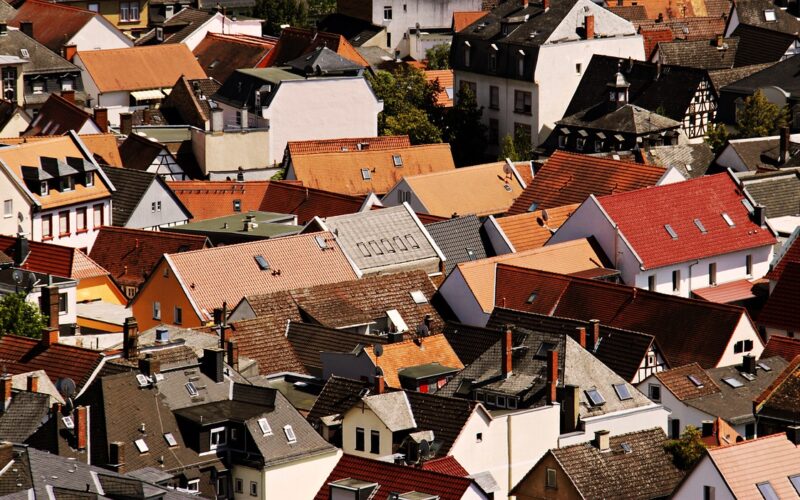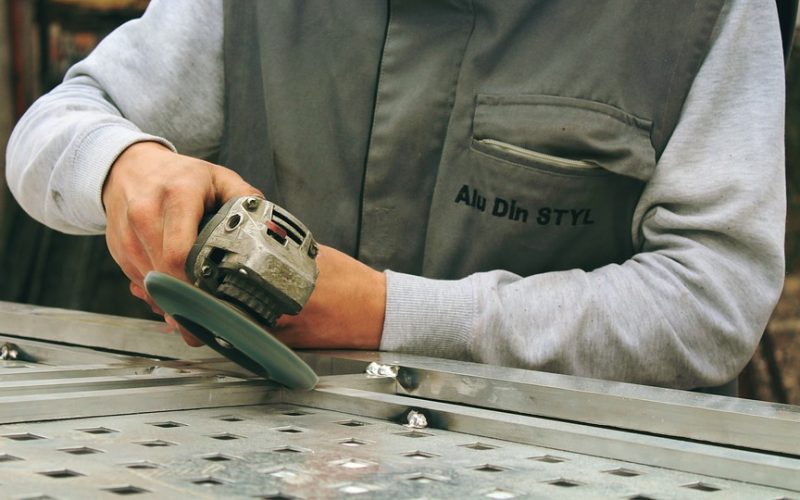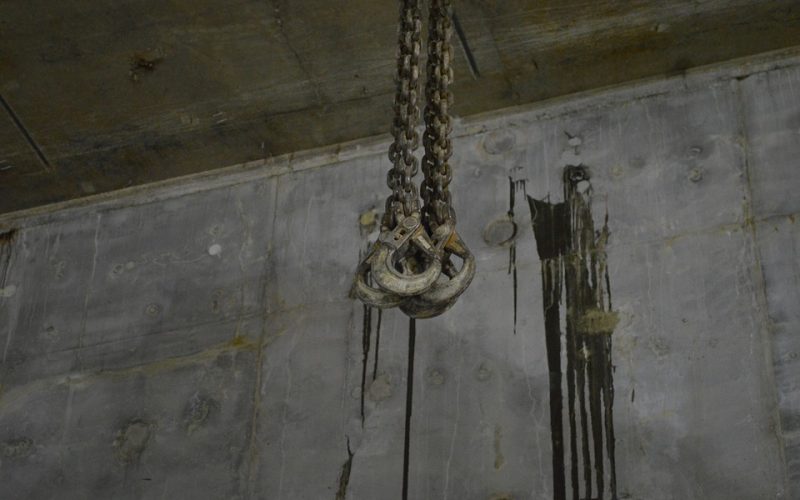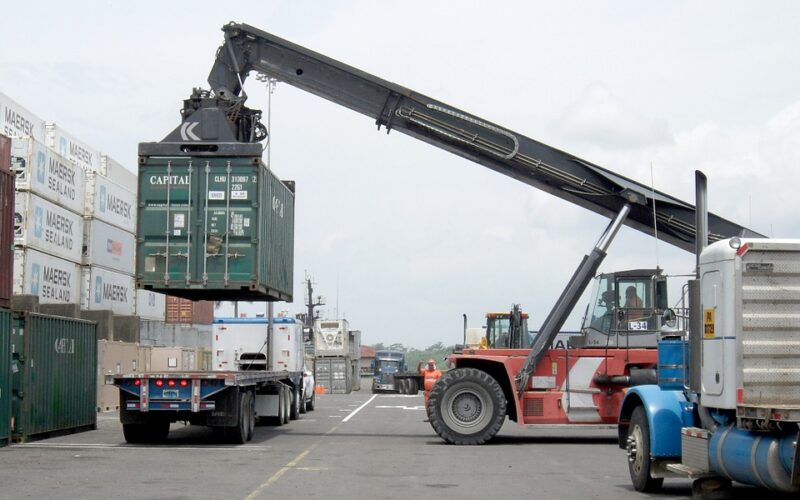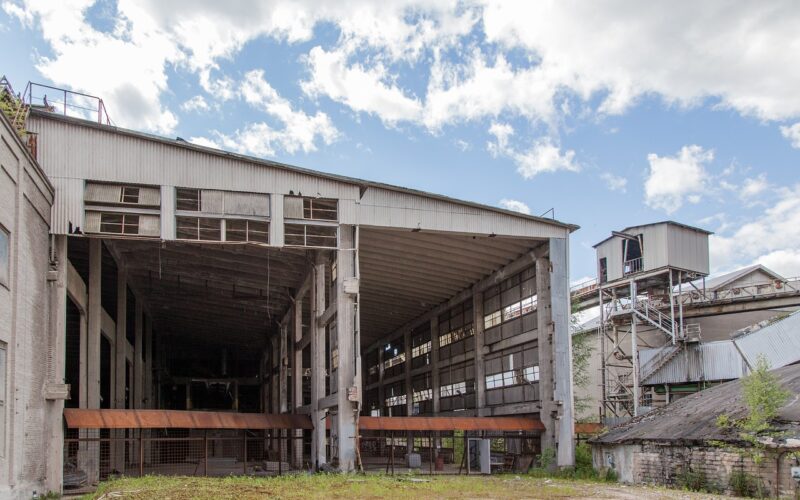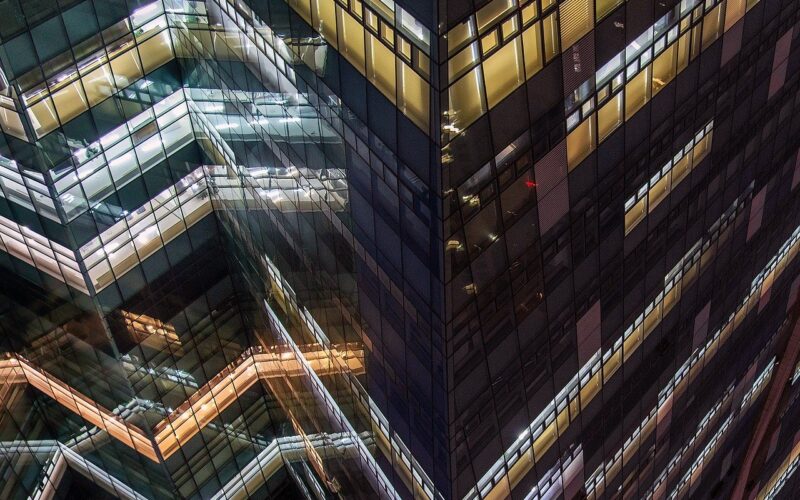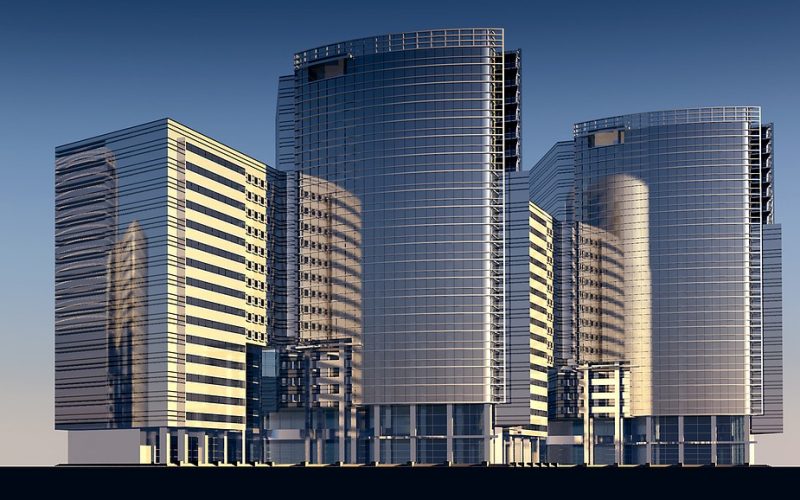Not Built To Last
In the quest to provide affordable housing and meet rising demands, modern homes are increasingly being built with speed and cost-efficiency as top priorities. However, this approach often sacrifices durability and longevity, resulting in homes that may not stand the test of time.
The impact of construction speed on quality
One of the primary factors affecting the durability of modern homes is the speed at which they are constructed. Builders are under immense pressure to complete projects rapidly, often leading to compromised construction practices. This rush can result in less attention to detail and the use of shortcuts that ultimately weaken the structural integrity of the home. For instance, the curing time for concrete, which is crucial for its strength, may be reduced to speed up the building process, leaving the foundation prone to cracks and instability.
Cost-cutting measures and material quality
To keep construction costs low, many builders opt for cheaper materials that may not offer the same durability as their higher-quality counterparts. Materials like particleboard, vinyl siding, and low-grade insulation are commonly used in modern homes. While these materials can help reduce initial expenses, they often lack the resilience needed to withstand the test of time. Over the years, wear and tear, exposure to the elements, and everyday use can quickly degrade these materials, resulting in costly repairs and renovations.
The decline of skilled craftsmanship
Another factor contributing to the reduced longevity of modern homes is the decline in skilled craftsmanship. In the past, homes were often built by artisans who took pride in their work and employed traditional building techniques passed down through generations. Today, the focus on speed and cost-efficiency means that fewer skilled craftsmen are involved in the construction process. Instead, many builders rely on unskilled or semi-skilled labour to complete tasks quickly, which can lead to subpar workmanship and a lack of attention to detail.
The role of building codes and regulations
While building codes and regulations are designed to ensure the safety and quality of new homes, they can sometimes contribute to the problem of reduced durability. In an effort to keep construction costs low, some developers may only meet the minimum requirements set by these codes, rather than striving for higher standards of quality. This can result in homes that are technically compliant with regulations but still lack the durability and resilience needed for long-term use.
The environmental impact of modern construction
The environmental impact of modern construction practices also plays a role in the reduced durability of homes. The focus on speed and cost-efficiency often leads to increased waste and the use of non-sustainable materials. Additionally, the energy efficiency of these homes may be compromised, leading to higher utility bills and a larger carbon footprint. In contrast, older homes were often built with locally sourced materials and designed to be energy-efficient, contributing to their longevity and overall sustainability.
The importance of investing in quality
To ensure that modern homes are built to last, it is essential for builders, developers, and homeowners to prioritise quality over speed and cost-efficiency. Investing in high-quality materials, skilled craftsmanship, and sustainable building practices can significantly enhance the durability and longevity of a home. Additionally, adhering to higher standards than the minimum building codes and regulations can help create homes that are not only safe and compliant but also built to withstand the test of time.
Finding a balance for the future
Ultimately, the challenge lies in finding a balance between affordability and durability in modern home construction. While it is crucial to provide affordable housing options to meet growing demand, it is equally important to ensure that these homes are built to last. By prioritising quality and sustainability, we can create homes that offer long-term value and resilience, benefiting both homeowners and the environment.
While modern homes built with speed and cost-efficiency in mind may initially seem like a practical solution, they often fall short in terms of durability and longevity. By focusing on quality materials, skilled craftsmanship, and sustainable building practices, we can ensure that the homes we build today will stand strong for generations to come.
